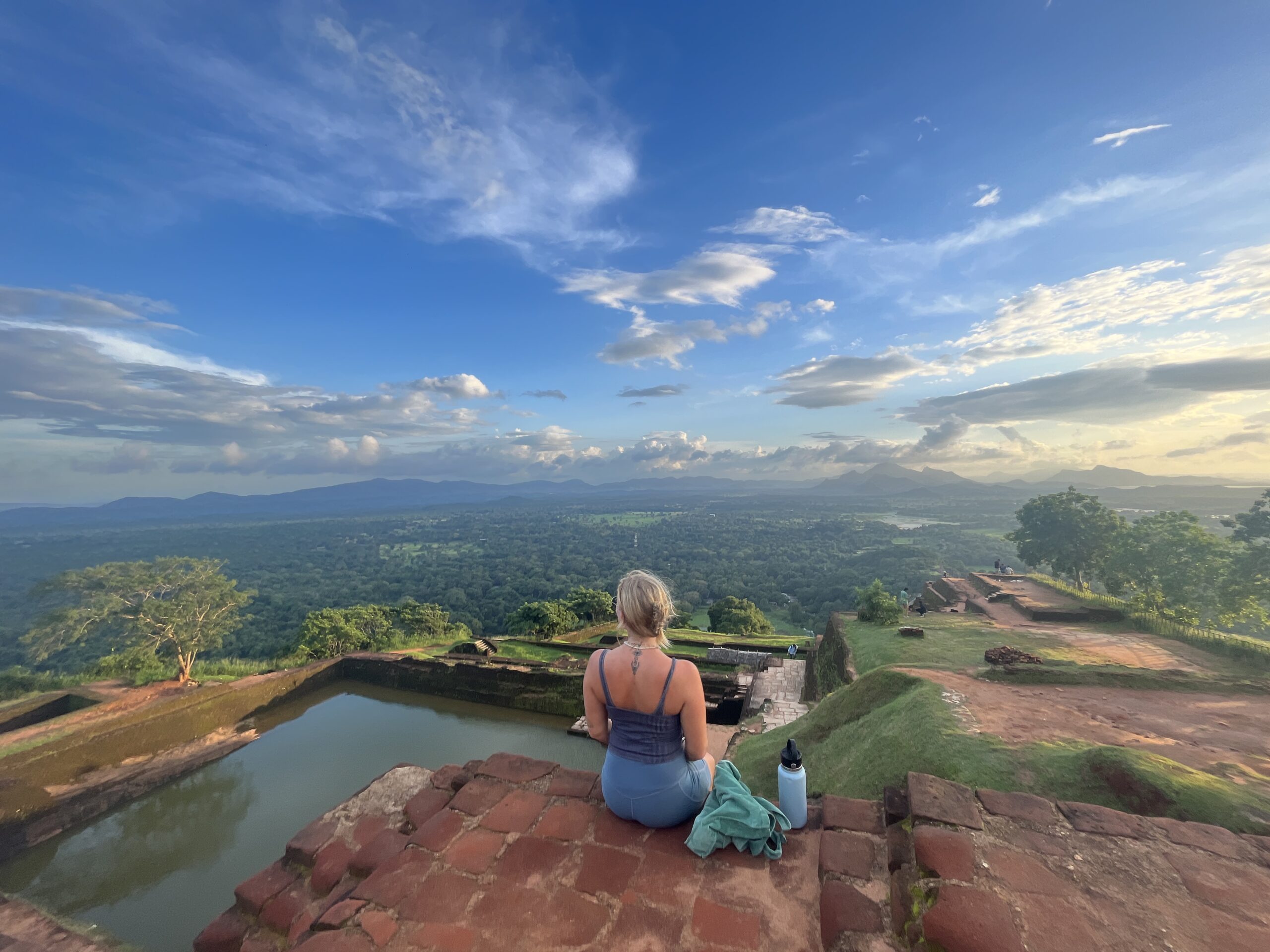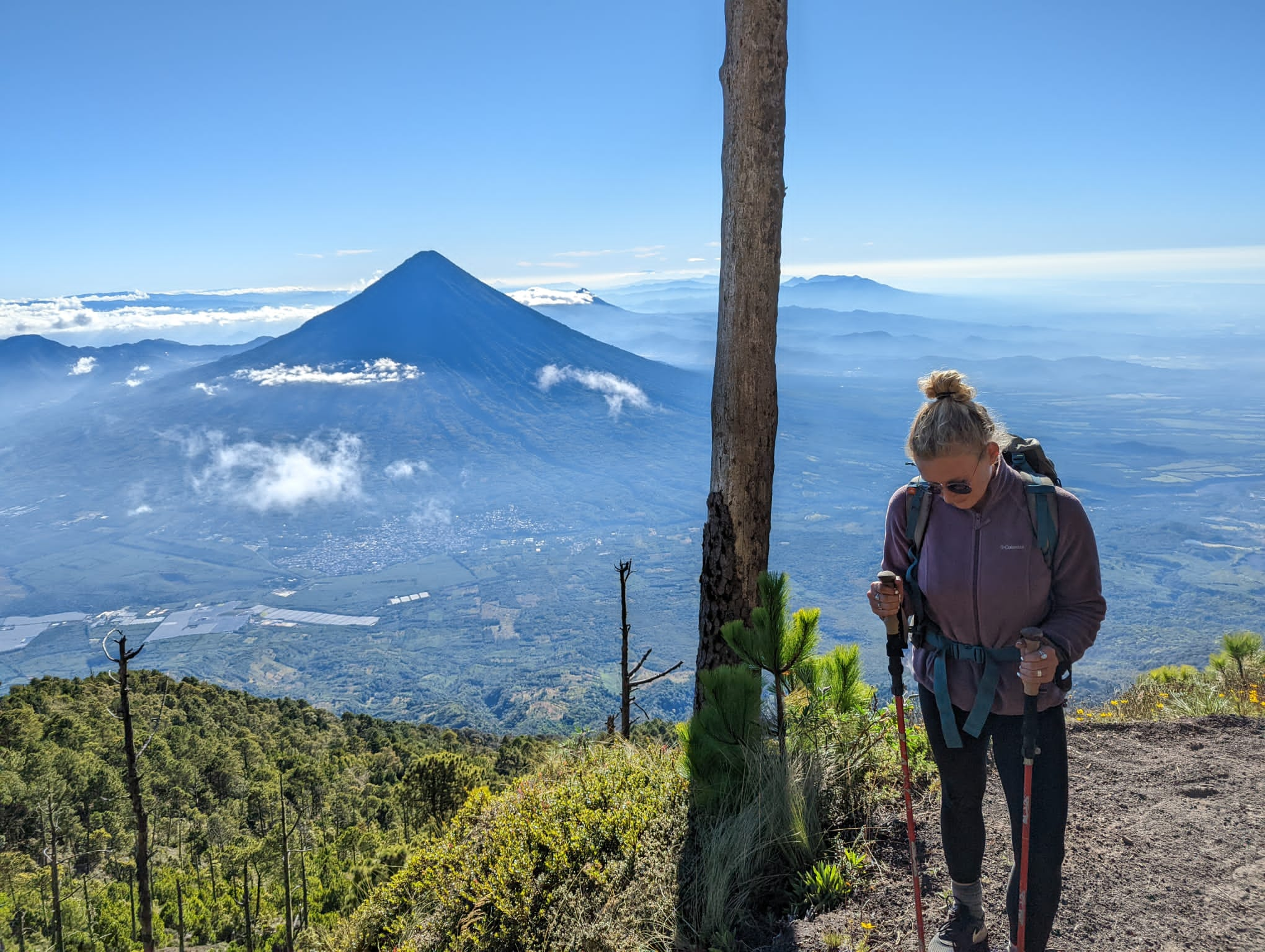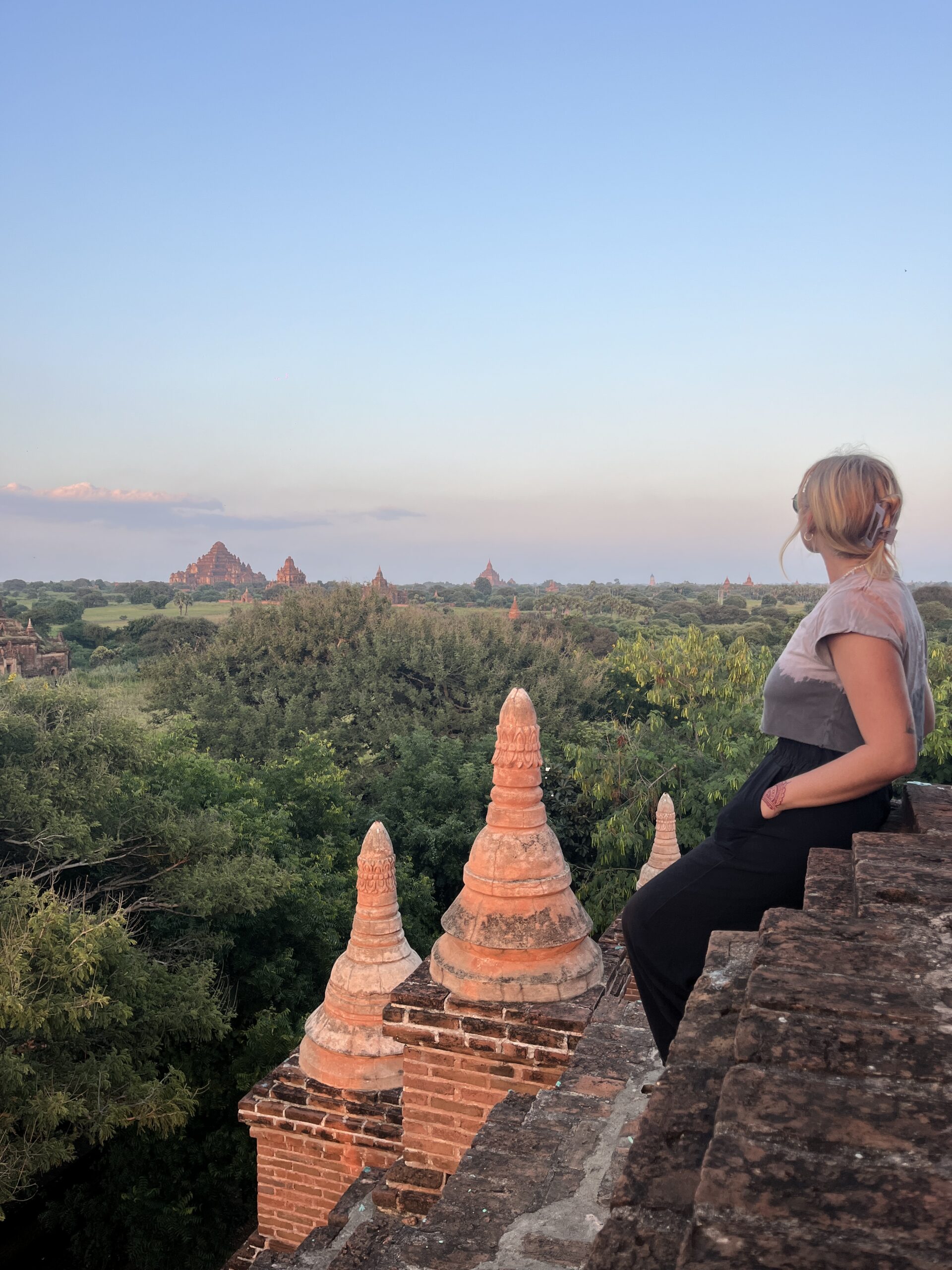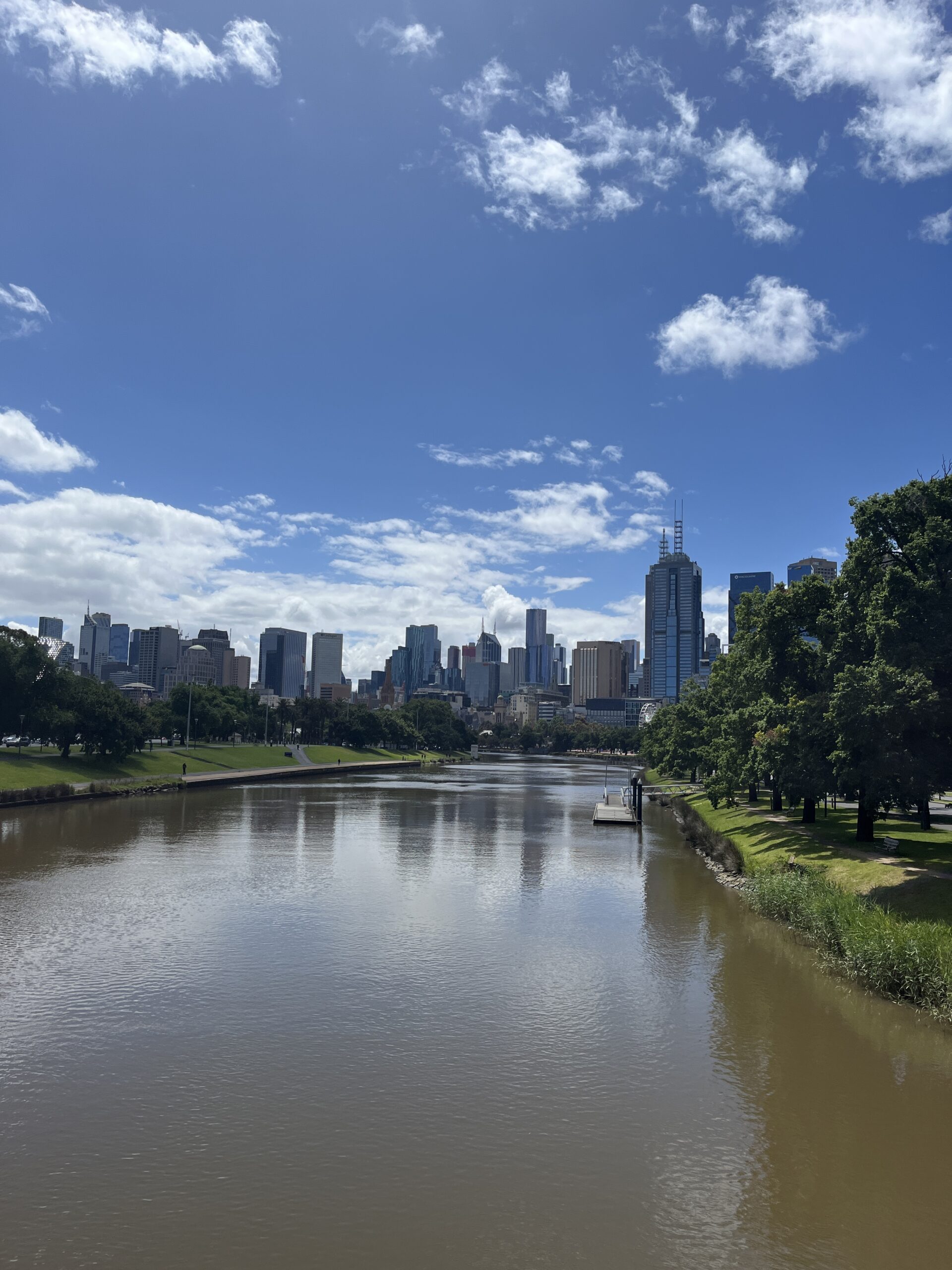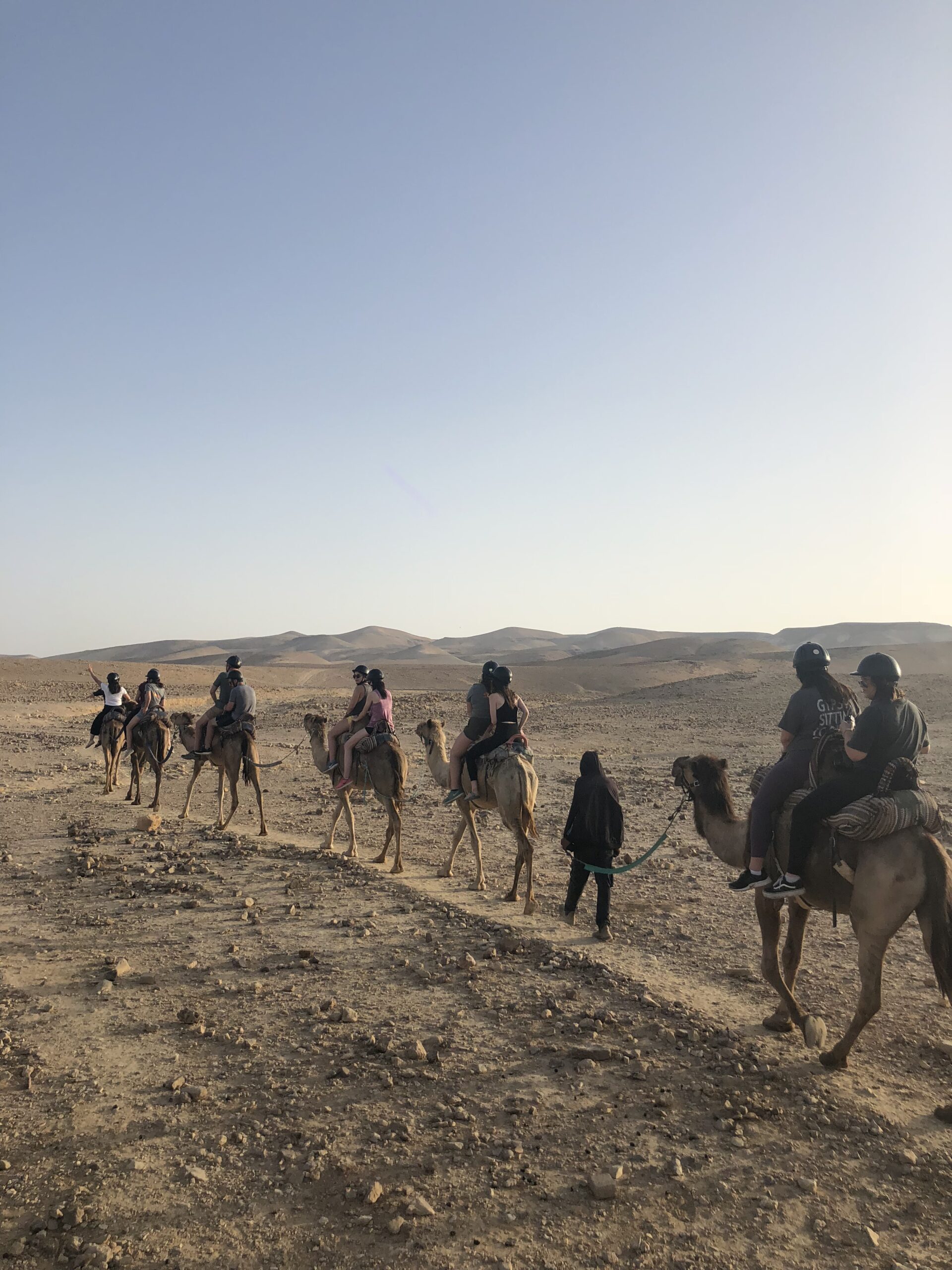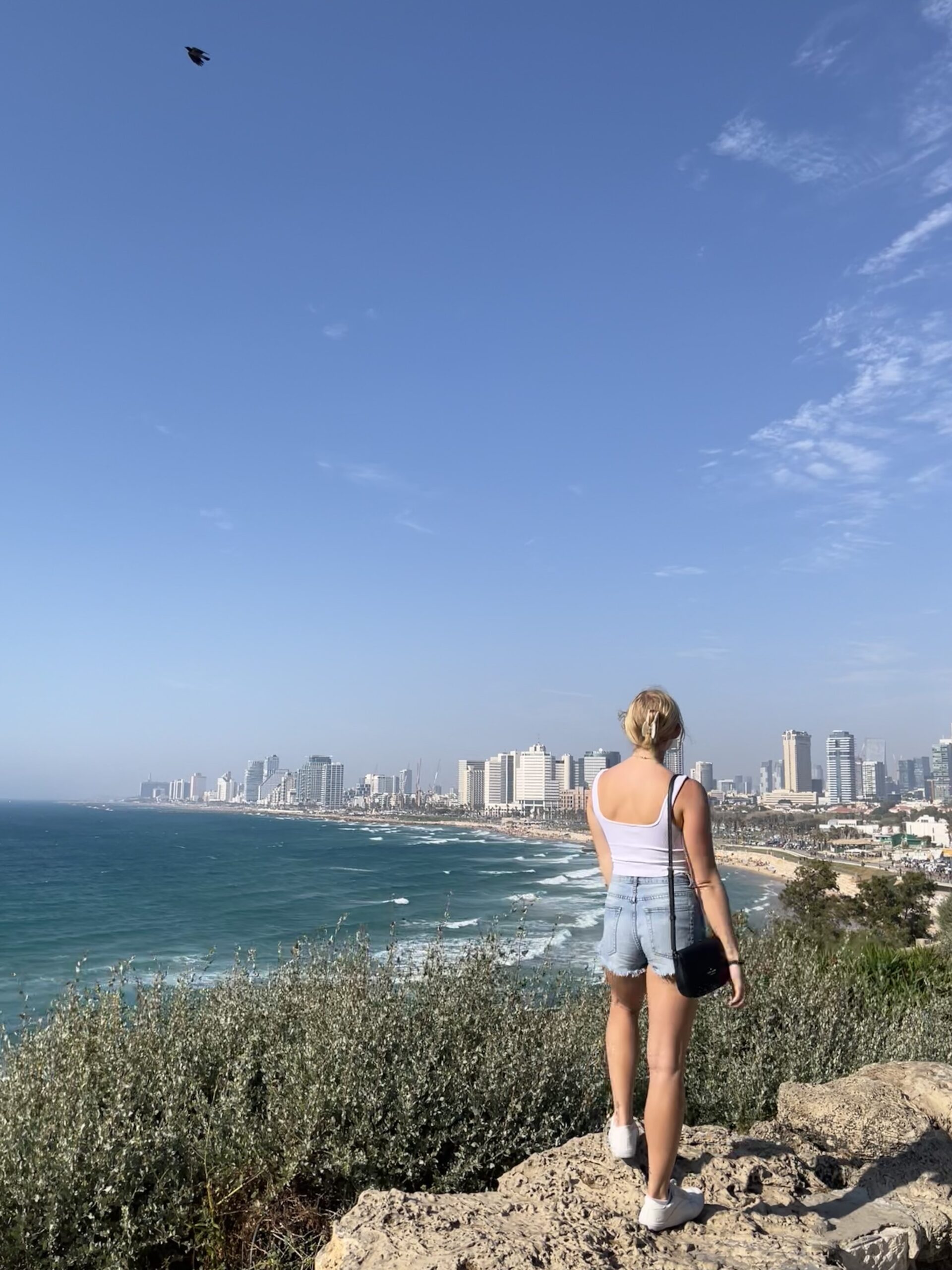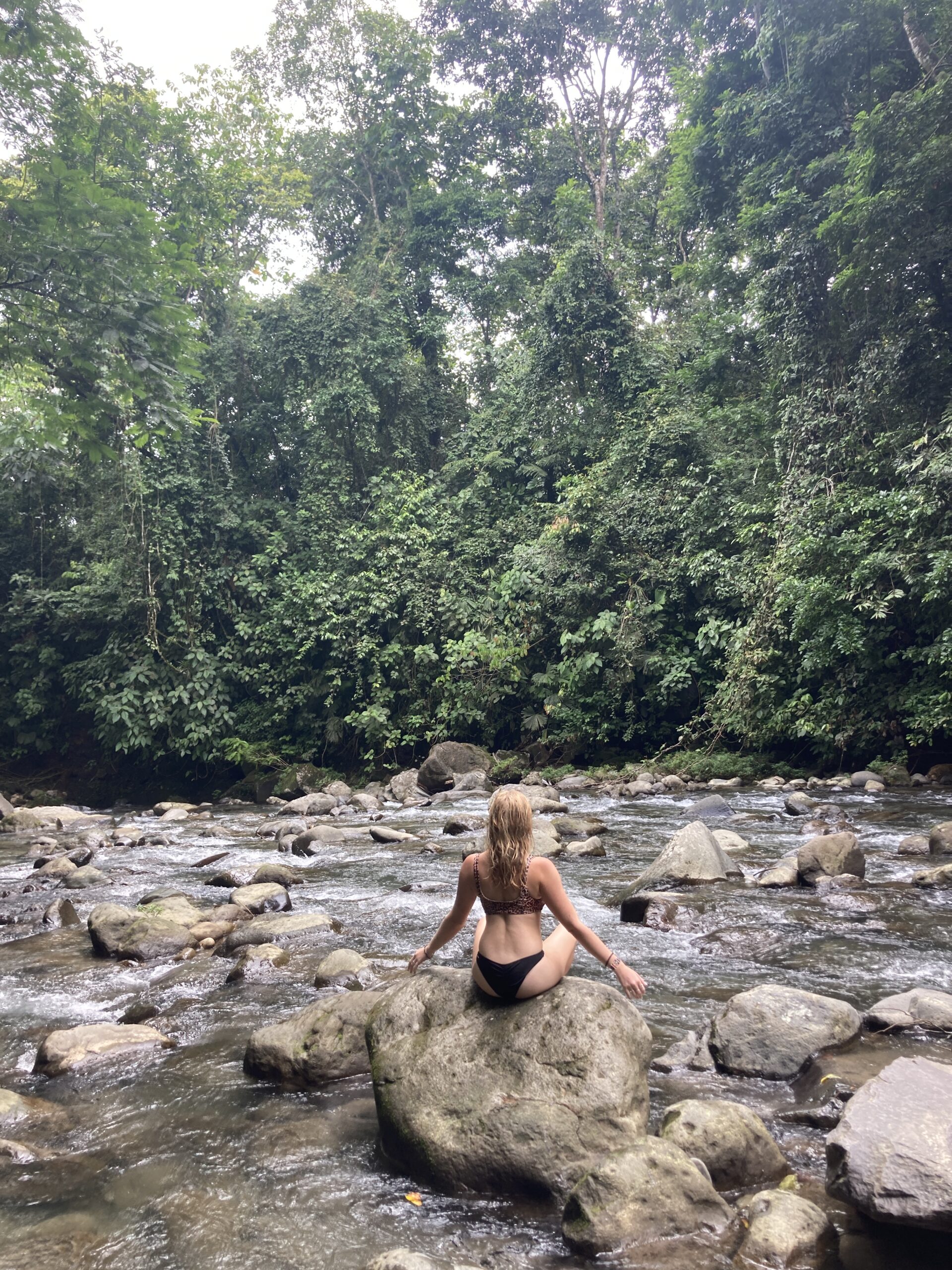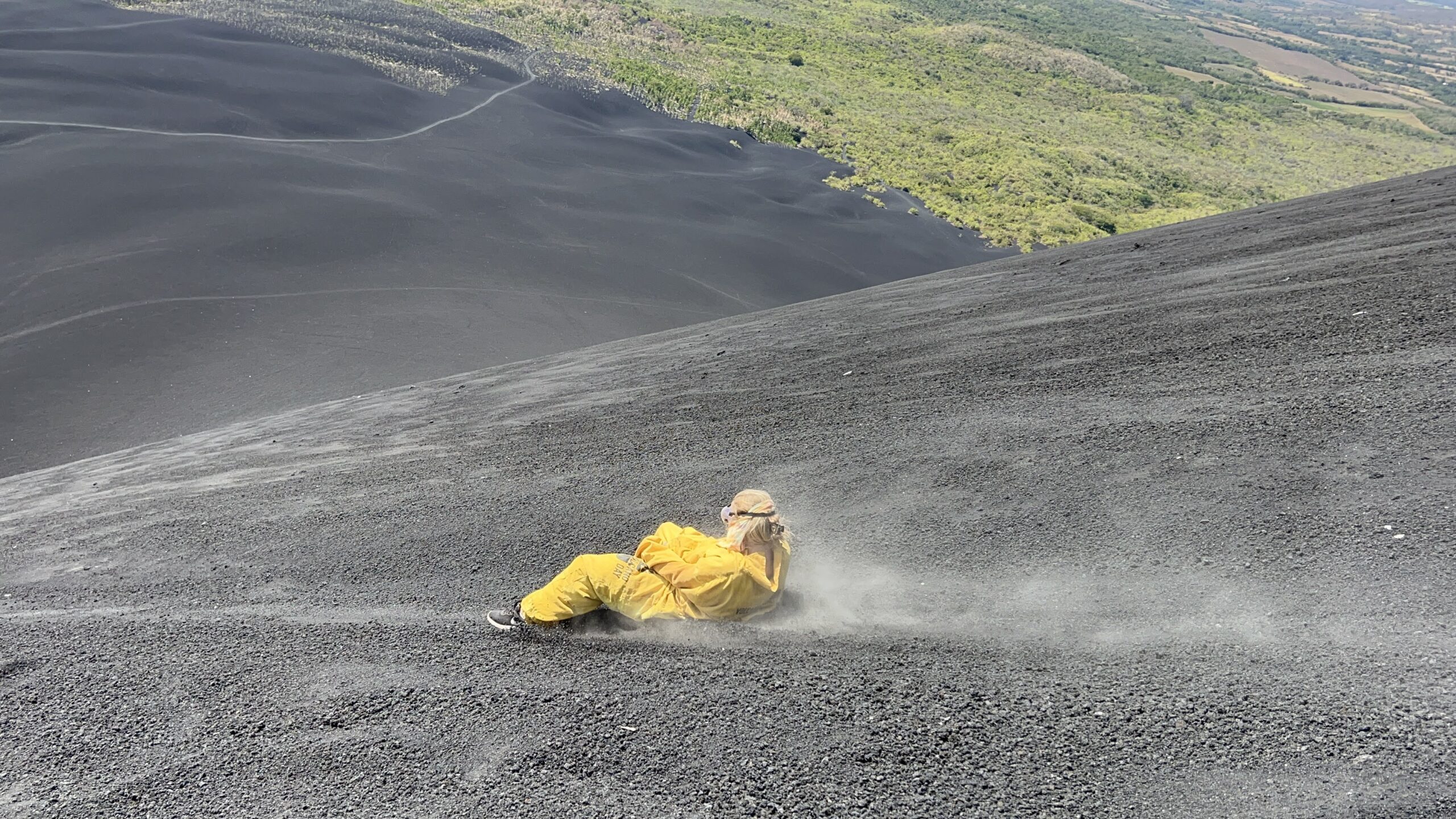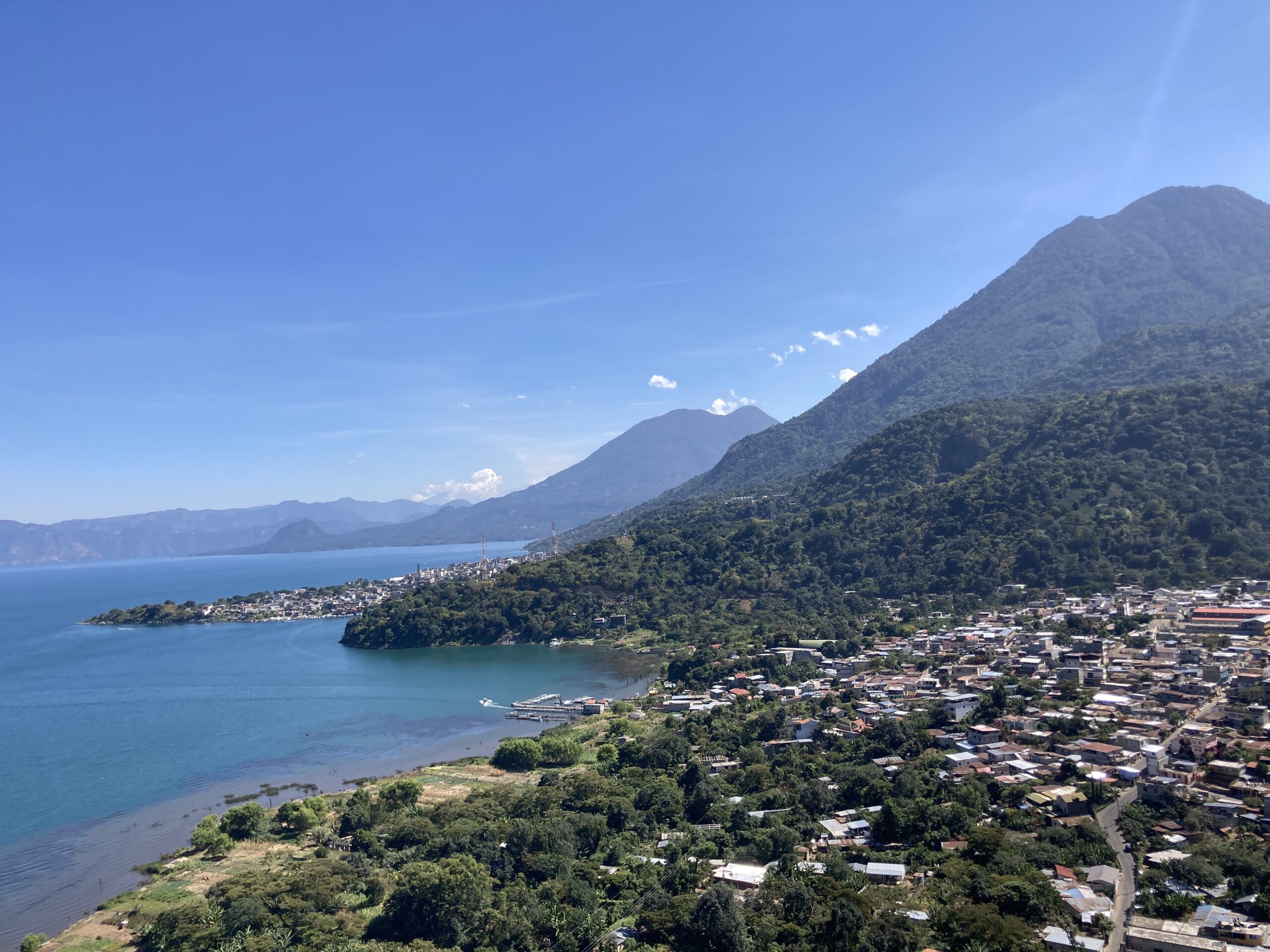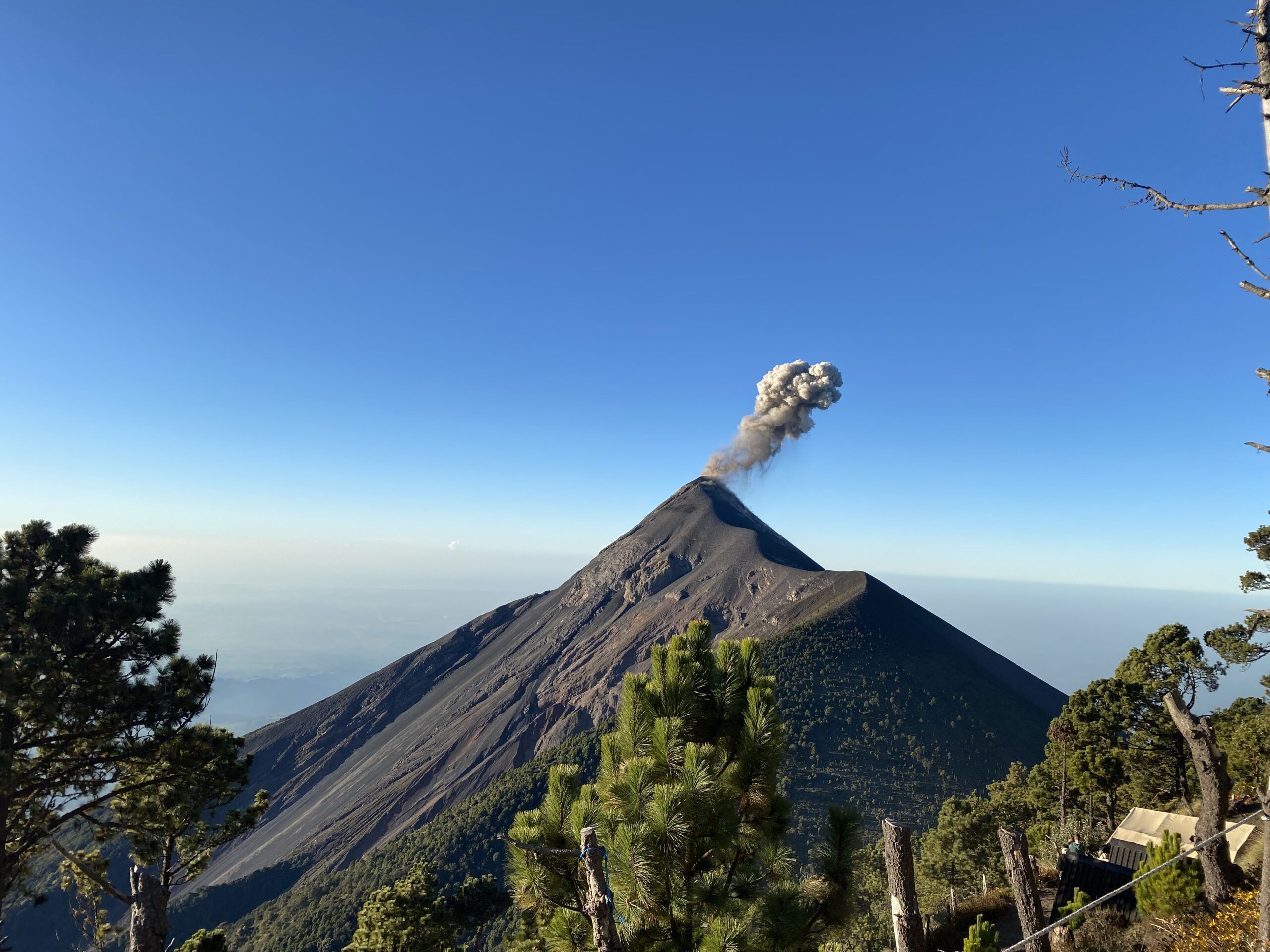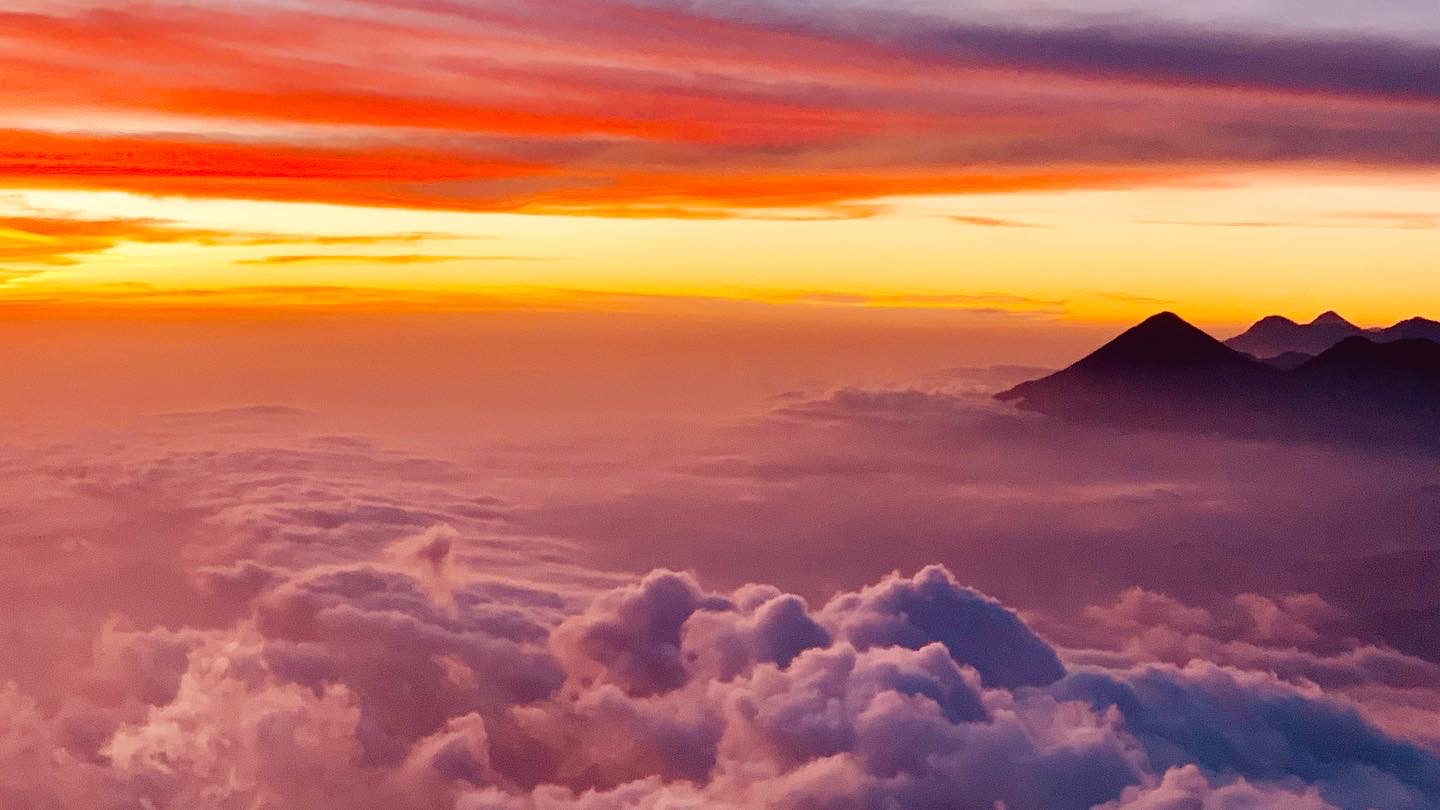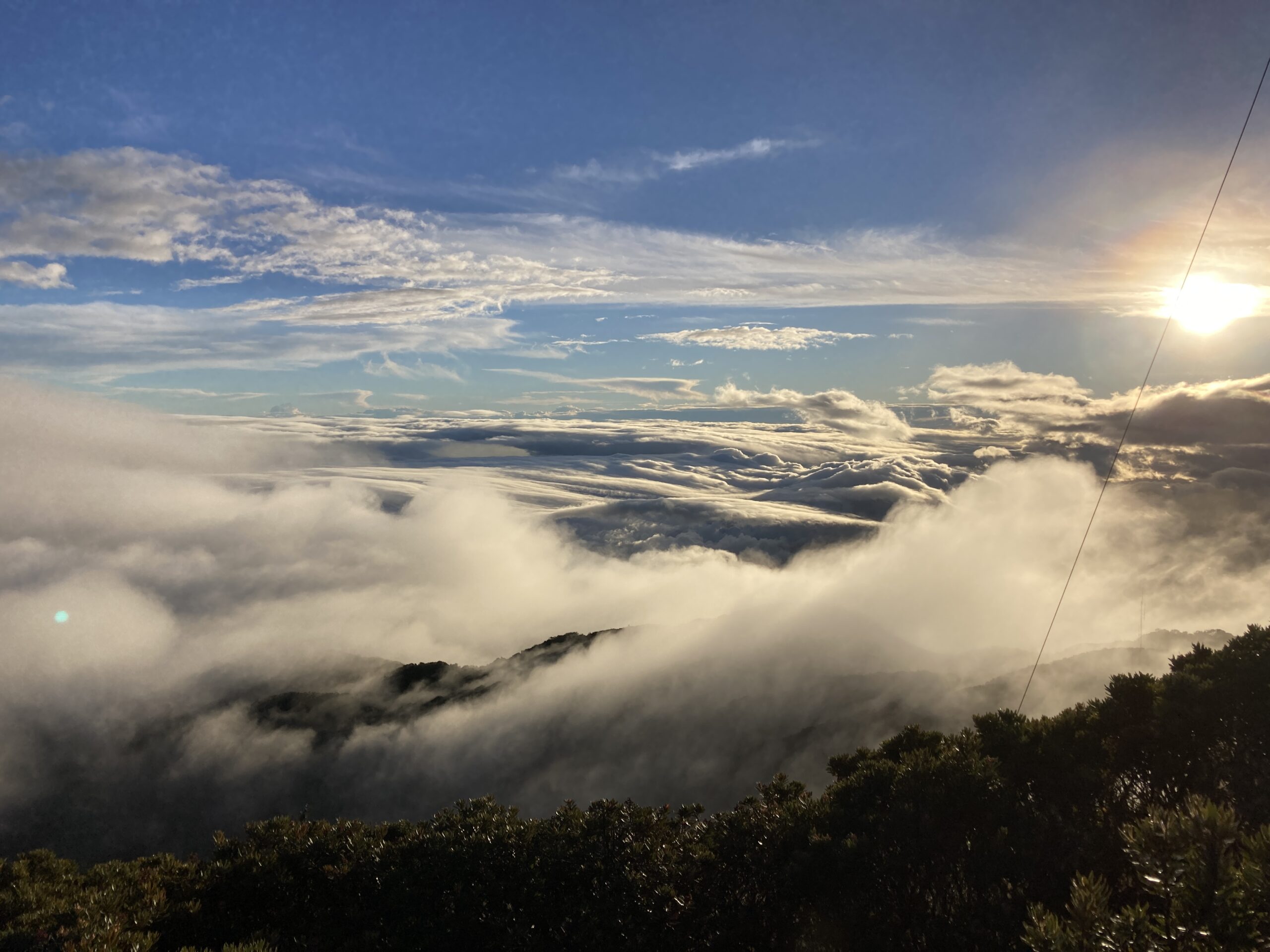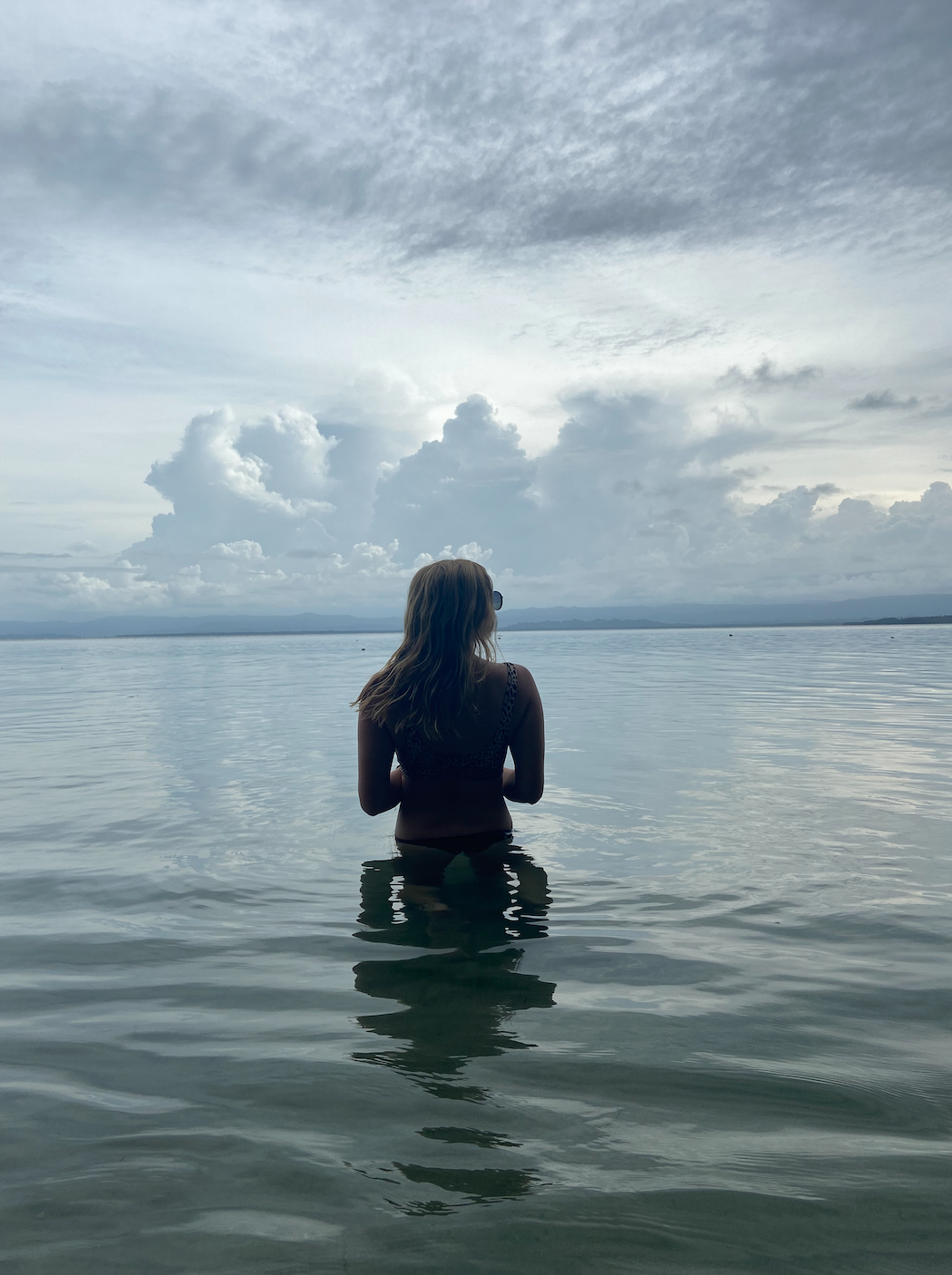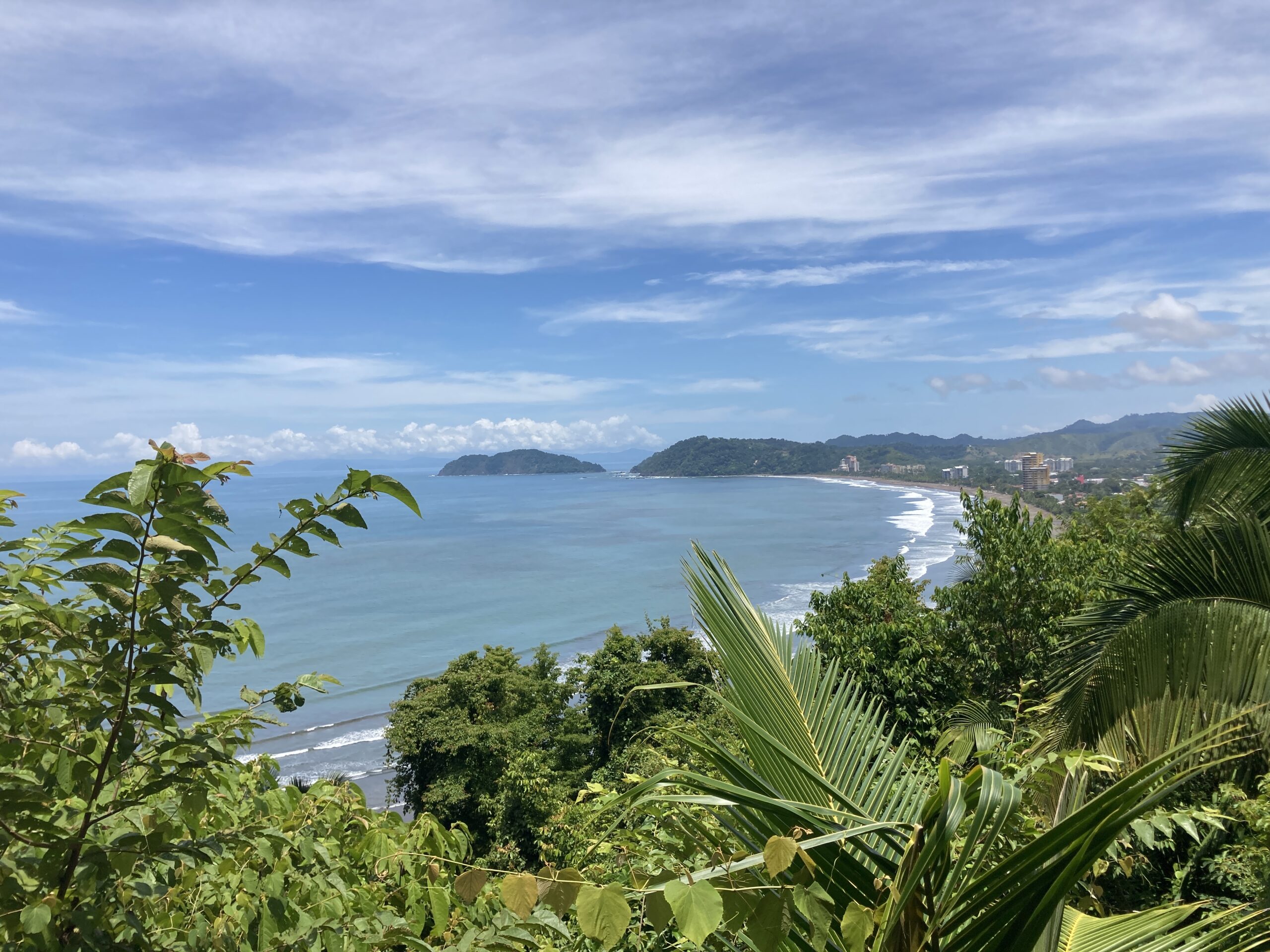*wow the formatting here is WACK. The iPad did not want to listen to me this time so I’m sorry for the messy/ bold fonts and diff sized photos*
When I was in Tamarindo I met a lovely swiss girl named Ines who told me about a turtle conservation project she was going to. It sounded really interesting so I took the number of her contact there and asked if I could come too! Typically you need to volunteer for at least two weeks but because we contacted the head guy directly it wasn’t a problem to only stay a few days. I do think this is unusual though as everyone else we met was staying for 2 weeks or longer.
The organization is called ASVO and they have a few locations in Costa Rica but the one I went to was in Samara. It costs $30 a day which includes 3 meals and your accommodation. The price felt a bit steep to me as you’re volunteering your time but the money goes towards the non-profit and helps fund the conservation efforts.
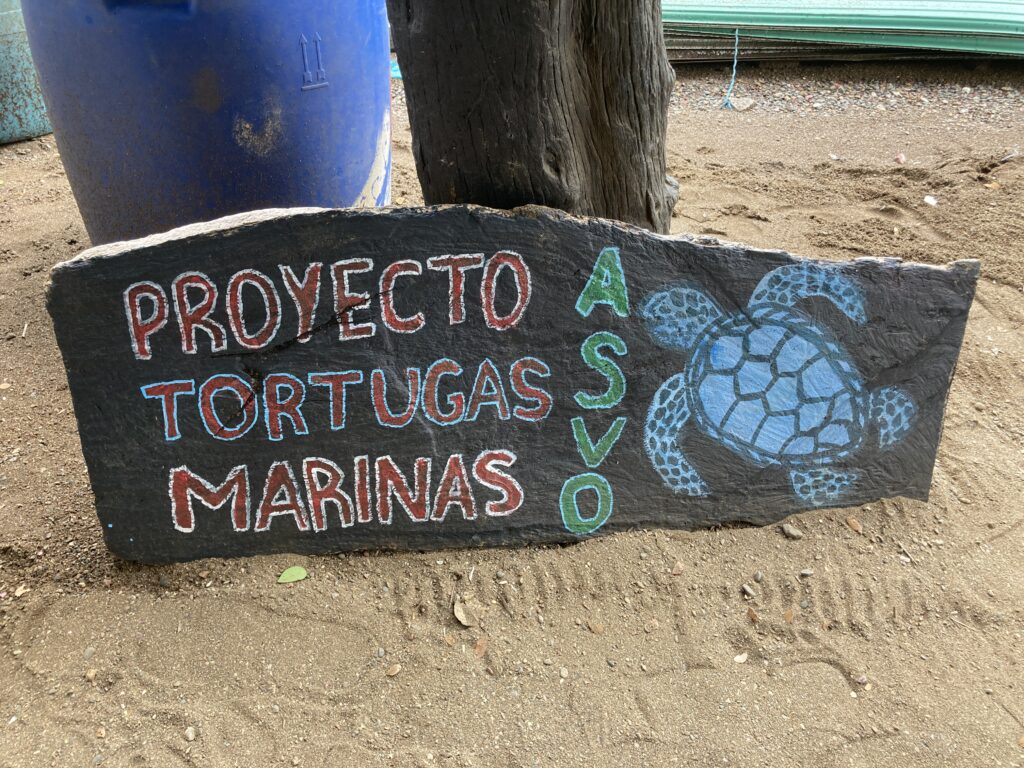
To get there you can actually walk from the town of Samara, but if you have your luggage then a taxi is best (it costs 3,000 colones or roughly $5). Once you arrive at Buena Vista river you need to wait for someone from ASVO to take you in a kayak across the river. If it’s super low tide then you can walk across but when I went it had just rained and the river was super full. Ines didn’t know about the kayak option so she tried walking across in high tide and basically swam there.
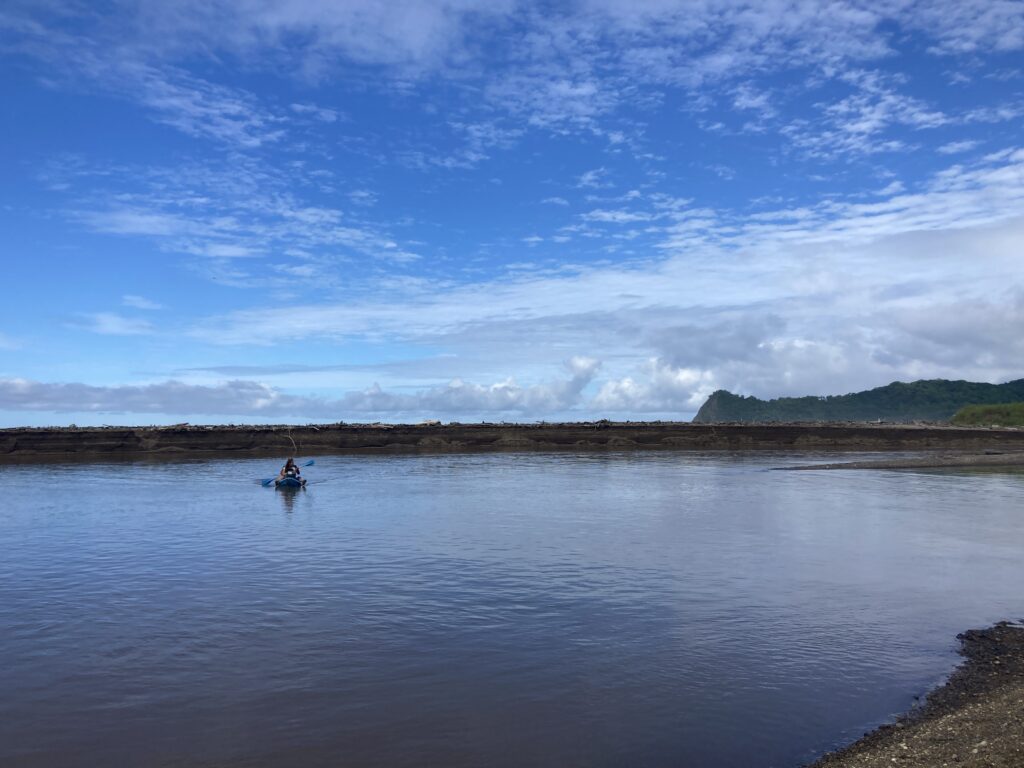
Once across, you walk along the beach until you reach the grounds. The whole operation is very small and intimate. It’s a very simple and modest way of living over there so don’t come if you’re looking for a 5 star hotel. The grounds consist of the kitchen and chill-out area and the living quarters on the second floor. There are bathrooms and rain water showers but no electricity or wifi. The little power they do have comes from solar and is used in the office to charge devices.
Then there is the main attraction: the hatchery! This is where the baby turtle eggs are placed so that they can be protected from poachers and other animals. There is also a chicken coop in construction and some hammocks to relax in. But thats it!
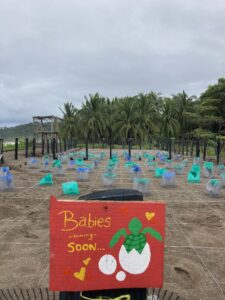
When I first arrived I was sat down by the two leaders of the project: Guillermo and Gabriella. They had some informational packets to help teach me about the species of turtles and why they need help. There are only 6 species of sea turtles in the world and Costa Rica is home to 4 of them! They are all either classified as critically endangered or vulnerable.
ASVO’s whole mission is to preserve sea turtle eggs by patrolling the beaches at night and transferring freshly laid eggs to the protected hatchery. This is exactly the work the volunteers help with. Every night we would all go to the beach and search for turtle eggs. Because turtles are super sensitive (like doggies), we had to wear dark colors, have no scents or bug spray, and keep all lights off. We walked in a single file line in the dark as one of the leaders searched for turtle fin prints. If he found something then he would put on a red light (which does not disturb the turtles) and poke around with a stick until he found loose sand. Then we start digging until we find the eggs! Every turtle lays anywhere from 80 to 125 eggs and they are as big as ping pong balls. Sadly, only 1 in every 1,000 turtle eggs will survive. This is why the work ASVO does is so vital. They are increasing those odds by removing the predators and human poachers who eat the eggs.
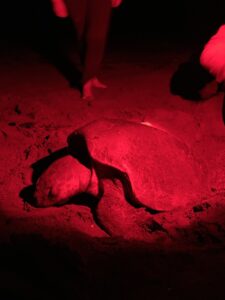
After the eggs are counted and transferred to a bag, we carry them to the hatchery. Here, we dig a nest just like a turtle would; with a thinner vase-like neck which opens up to a larger base. After the eggs are carefully placed in the new nest with a spiral figure, we put the sand back in and add a fence on top. This fence not only prevents predators but also keeps the turtles inside for when they hatch.

Then we head back to the beach to repeat the process. If you’re lucky, you can see the turtles laying their eggs and returning back to the ocean. I got to see a few and it was pretty magical watching the whole process.
These patrols happen at night because that’s when turtles lay their eggs. We typically start around low tide at 10:30ish and walk for 3 hours. Sometimes it’s necessary for a second patrol at 2am but thankfully I didn’t have to endure that.
Honestly two days of doing this and I was exhausted. The work is not that difficult but the hours are rough. During the days you really just chill out. In the mornings everyone helps make breakfast and then there is some maintenance work to be done for a few hours. But after that, you are free to relax, beach, hammock, read, play cards, find coconuts, or whatever else you can think of to kill some time. Lunch and dinner is also made and eaten as a group but there are no fridges so its fruits, veggies, beans, rice, and pasta only.
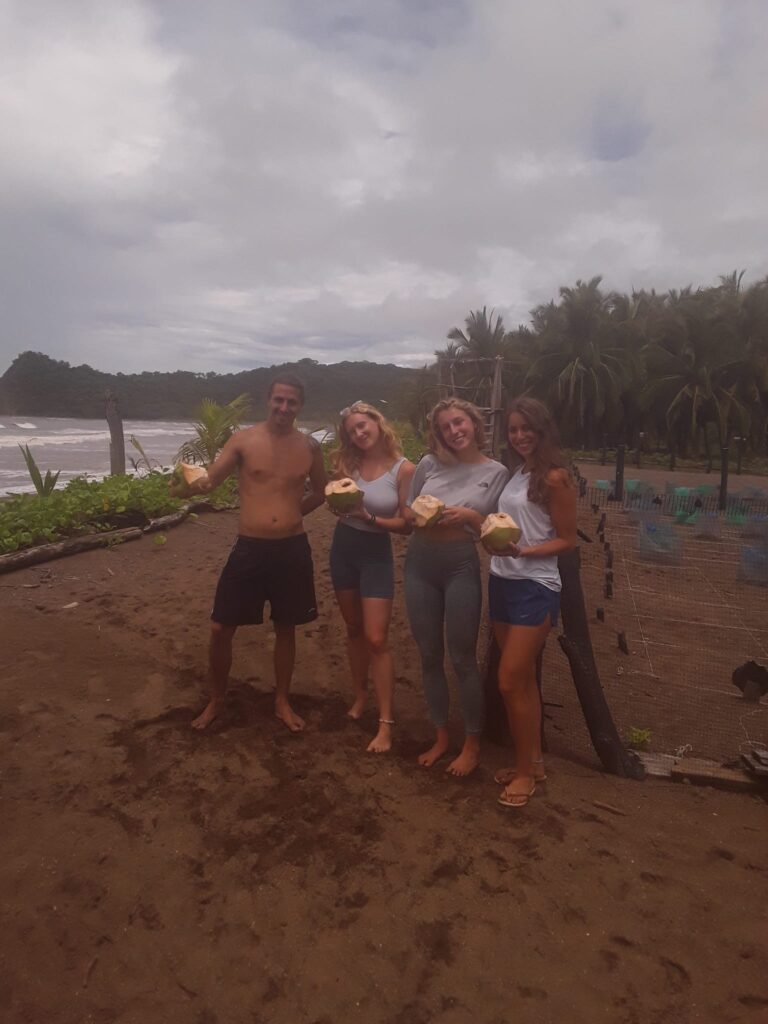
I can’t imagine living this way for 2 weeks or more as I was attacked by mosquitos daily and consistently exhausted. The work is super fascinating to learn about and the people were so kind and authentic but after a few days it gets to be quite repetitive. I would recommend 2-5 days to really experience that way of life and learn everything you can about the project.
